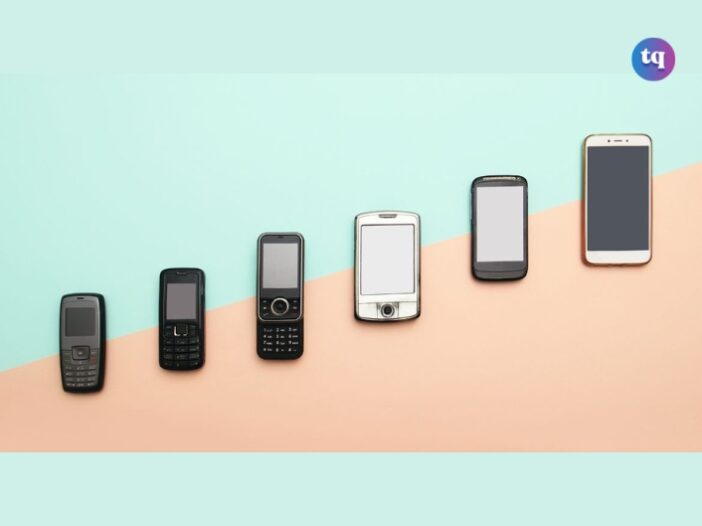
Mobile phones have a compelling history. Initially, these devices were bulky and had limited functionalities, such as limiting users to making calls and sending texts. Cell phones didn’t have internet until around 1999 when Japanese tech company NTT DoCoMo released their iMode mobile device.
However, they have evolved into sleek and sophisticated smartphones packed with advanced features, such as high-resolution cameras, powerful processors, and a wide range of apps, over the years. The brief history of how mobile phones evolved is full of incredible innovation and technological advancements. The accounts we share today showcase how these gadgets transformed our daily lives, communication methods, and even how we access information and entertainment.
Table of Contents
The Birth of Mobile Communication
The first cell phone call was made in 1973 by Martin Cooper of Motorola; this groundbreaking moment introduced the world to a new idea of communication: Mobility. The first mobile phones felt like bricks because they were bulky, heavy, and had terrible battery life. Despite these limitations, they were revolutionary for their time.
The Dawn of the Digital Age
The 1990s marked the transition from analog to digital mobile networks. This shift allowed for improved call quality and the introduction of SMS text messaging. Mobile phones have become smaller and more user-friendly. Companies such as Nokia and Motorola led the market, introducing iconic models such as the Nokia 3310, known for its durability and long-lasting battery.
The Rise of Smartphones
The early 2000s saw the introduction of smartphones, where cell phone functionalities included a personal digital assistant capability—the original PDA. BlackBerry devices became popular among business professionals due to their email capabilities. However, Apple’s launch of the iPhone in 2007 revolutionized the smartphone market. Apple’s iconic launch began the evolution of Apple’s iPod to iPhone, integrating the iPod’s music capabilities with a phone’s communication features. Apple’s stunning transformation over the decades proved how quickly mobile phone brands took off, leaving some dwindling on a thin line to keep up.
Mobile Phones in the Age of 4G and Beyond
With the advent of 4G technology, mobile phones gained faster data speeds, enabling high-quality video streaming, online gaming, and more efficient internet browsing. This period also saw the evolution of mobile gaming, transforming phones into powerful gaming devices. Companies such as Samsung and Huawei emerged as strong competitors in the smartphone market, pushing the boundaries of what these devices could do.
The Era of 5G Technology
Today, the world stands on the brink of another significant leap with the rollout of 5G technology. This next-generation network promises even faster data speeds and better device connectivity. The implications for mobile phones are vast, from enhanced augmented reality experiences to smarter IoT integrations.
The Future of Mobile Phones
There is an even brighter future ahead of our brief history of how mobile phones evolved. Innovations in artificial intelligence, augmented reality, and flexible display technology redefine what mobile phones can do. AI advancements are making phones faster and more intuitive, providing personalized user experiences. The future holds many possibilities for how cell phones evolve and transform our daily lives. We look forward to another decade of mobile phone transformation.